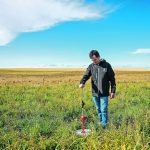Work at Olds College focuses on grazing management, pasture productivity and soil health as well as new technologies
Grazing management, pasture productivity and soil health are among the focal points for Laio Silva Sobrinho. The research manager at the Olds College Technology Access Centre for Livestock Production also focuses on new technologies that could help producers manage cattle. Current technology under study includes the rising plate meter, satellite imagery and soil biological additives. […] Read moreStories by Melissa Jeffers-Bezan
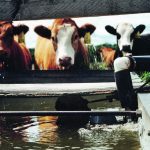
Beef producers have a variety of water options
Glacier FarmMedia – Water can often be in short supply on the Canadian Prairies, but there are tools to help producers effectively manage the water they have. Stockboss Waterers David Flundra says the idea for Stockboss Waterers started with wanting to design something better than what was on the market by using less, or no, […] Read more
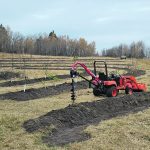
Permaculture inspires Manitoba hobby farmer
One of Slade Doyle’s biggest priorities on his 240-acre hobby farm is sustainability. While Doyle has learned about many different sustainable practices, the one that spoke to him the most was permaculture. “I became a champion for soil health, and of course, that led me down to the roads of regenerative agriculture and then permaculture,” […] Read more
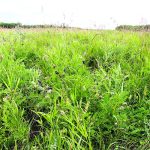
Quality, weed-free fields key to steady forage business
With nearly 40 years producing forage seed, the Siklenka family has seen some varieties fall in and out of favour
Glacier FarmMedia – Forage seed production may not receive the attention of many other parts of the beef industry, but it plays a crucial role. Nathan Siklenka and his father, Darrel Siklenka, own and operate Siklenka Seed Farm together near Glaslyn, Sask. The farm has been in operation since 1985. The business is well known […] Read more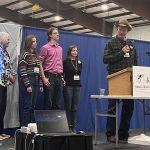
Block Ranch receives stewardship award
When Neil Block won the Saskatchewan environmental stewardship award on June 10 at the Saskatchewan Stock Growers Association convention in Swift Current, he talked about his love for his work. Block Ranch is near Abbey, Sask., and consists of approximately 60,000 acres. The family runs cow-calf pairs and yearlings and grazes year-round. Ranching in the […] Read more

Preparing for a foot-and-mouth disease outbreak
Glacier FarmMedia – In 2001, foot-and-mouth disease decimated the U.K.’s beef industry and millions of animals were culled. According to the BBC, there were 2,000 cases of the disease, which resulted in entire farms having their animals slaughtered. Soldiers dug mass graves and piles of carcasses burned, black smoke billowing into the sky. Over 20 […] Read more
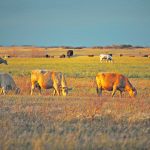
Researcher targets fibre digestibility for forage efficiency
Initial research found surprising links between cattle efficient at digesting fibre and methane emissions
Results of four interconnected studies on cattle forage intake and methane emissions have yielded useful findings, says a University of Saskatchewan researcher. “Our hypothesis is that cattle with greater digestible fibre intake would have positive RFI (residual feed intake) because they eat more,” said Dr. Gabriel Ribeiro, an assistant professor and the Saskatchewan Beef Industry […] Read more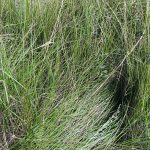
Native plants can help tell a pasture’s story
These plants can reveal the history of land disturbances and soil quality and indicate how to best manage the range
Glacier FarmMedia – Southwest of Calgary, as the jagged peaks of the Rockies level out to the Prairies, rough fescue grows in dense tufts. This native plant is Alberta’s provincial grass and a tasty meal for livestock in the fall and winter. Saskatchewan’s provincial grass is needle-and-thread grass, named after its sharp seed tip and […] Read more
Watch water quality this summer
Low winter snowfall, low rainfall, heat and water use all play a role in heightening producers’ concern for dugout quality
Glacier FarmMedia – On the Canadian Prairies, a green Christmas doesn’t exist. However, a brown Christmas sure did in 2023, thanks to El Niño. Snow was scarce on the Prairies earlier this winter, with temperatures rarely falling below -20 C, or even -10 C. With a drought stretching through multiple years, the dry winter is […] Read more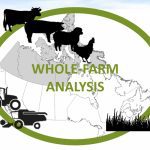
Ag Canada updates software that estimates emissions
Producers can input beef production information and pasture data to learn how to reduce greenhouse gas emissions
Agriculture Canada is updating the model that farms and ranches can use to estimate agricultural greenhouse gas emissions. The Holos model has been around since 2008, and its most current model, version four, since 2020, but the fifth version is now in development. At the Sustainability of Canadian Agriculture Conference, hosted by the University of […] Read more

